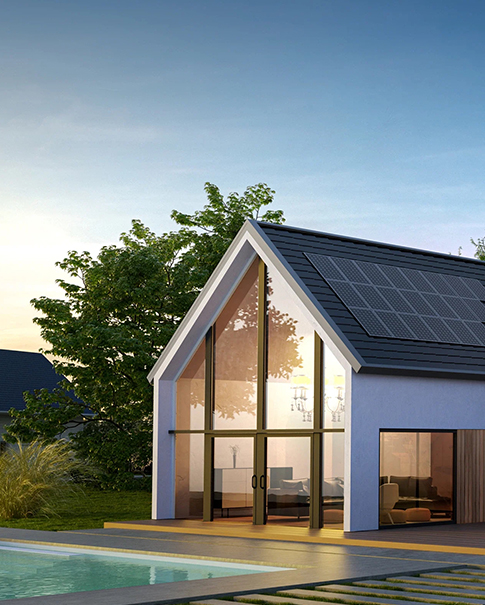Boost Solar Efficiency with Keyue 50A/60A MPPT Charge Controller
Nov 14, 2024
As the world shifts towards renewable energy, solar power has become a go-to choice for households and businesses aiming for sustainability and energy savings. To ensure that your solar power system operates efficiently and reliably, selecting the right solar charge controller is crucial. Today, we’ll spotlight the Keyue 50A/60A MPPT Solar Charge Controller, a product designed to significantly enhance the performance of your solar system.
What Is an MPPT Solar Charge Controller?
MPPT (Maximum Power Point Tracking) is an advanced technology that continuously monitors the voltage and current from your solar panels to maximize the power output. Compared to traditional PWM (Pulse Width Modulation) controllers, an MPPT controller can increase charging efficiency, especially in less-than-ideal weather conditions.
The Keyue MPPT Solar Charge Controller offers the following key benefits:
Up to 99% Efficiency: Utilizes a high-precision MPPT algorithm, ensuring maximum utilization of the solar panel output, resulting in 20%-30% higher charging efficiency compared to conventional controllers.
Wide Compatibility: Supports 12V, 24V, 36V, and 48V auto-recognition systems and is compatible with various battery types, including lead-acid, lithium, and LiFePO4 batteries.
Smart Management: Features an LCD display for real-time monitoring of voltage, current, power, and other operating parameters.
Comprehensive Protection: Offers multiple layers of protection, including overcharge, over-discharge, short-circuit, and reverse polarity protection, effectively extending battery lifespan and ensuring system stability.
Key Features of the Keyue 50A/60A MPPT Solar Charge Controller
High-Efficiency MPPT Algorithm The Keyue controller adopts an advanced MPPT algorithm that quickly tracks the maximum power point of the solar panels. Whether it’s early morning, dusk, or cloudy weather, it delivers optimal charging performance.
Intelligent LCD Display and Remote Monitoring Equipped with a clear, user-friendly LCD display, users can easily monitor the system’s operating status. Optional Wi-Fi and Bluetooth modules allow for remote monitoring via a mobile app, providing real-time updates on system performance from anywhere.
Robust Compatibility Supports multiple battery types, enabling users to select the best battery based on their specific requirements. The wide voltage input range accommodates various solar panel configurations, making it suitable for residential, industrial, and agricultural applications.
Enhanced Protection Features The Keyue MPPT Solar Charge Controller comes with a range of built-in protections:
Overcharge Protection: Prevents damage caused by excessive charging.
Over-Discharge Protection: Safeguards the battery from deep discharge, prolonging its life.
Short-Circuit Protection: Automatically cuts off the circuit in case of a short circuit, protecting your equipment.
Temperature Protection: With a built-in temperature sensor, the controller adjusts its operation to prevent overheating.
Applications of Keyue MPPT Solar Charge Controller
Home Solar Systems: Ideal for residential use, reducing electricity bills and maximizing energy utilization.
Off-Grid Systems: Perfect for remote locations such as rural areas or islands where access to the power grid is limited, ensuring continuous and stable power supply.
Agricultural Solar Solutions: Suitable for agricultural irrigation and lighting, helping farmers harness solar energy effectively and reduce operational costs.
Industrial Applications: Ideal for industries requiring reliable power sources, such as telecom base stations and surveillance systems.
Why Choose the Keyue MPPT Solar Charge Controller?
Opting for the Keyue MPPT Solar Charge Controller means choosing a high-efficiency, reliable product that supports a sustainable lifestyle. With extensive R&D experience, Keyue is dedicated to delivering high-quality solar products backed by excellent after-sales service, ensuring that customers receive the best return on their investment.
The Keyue 50A/60A MPPT Solar Charge Controller is a high-performance product that brings significant efficiency improvements and extended lifespan to your solar power system. Whether you are a residential user, an industrial customer, or looking for agricultural solutions, this controller is a trusted choice.
If you are seeking a reliable and efficient solar charge controller, consider the Keyue MPPT series to power up your solar system! Visit our official website(www.keyuesolar.com) to learn more about the product details and latest promotions.
